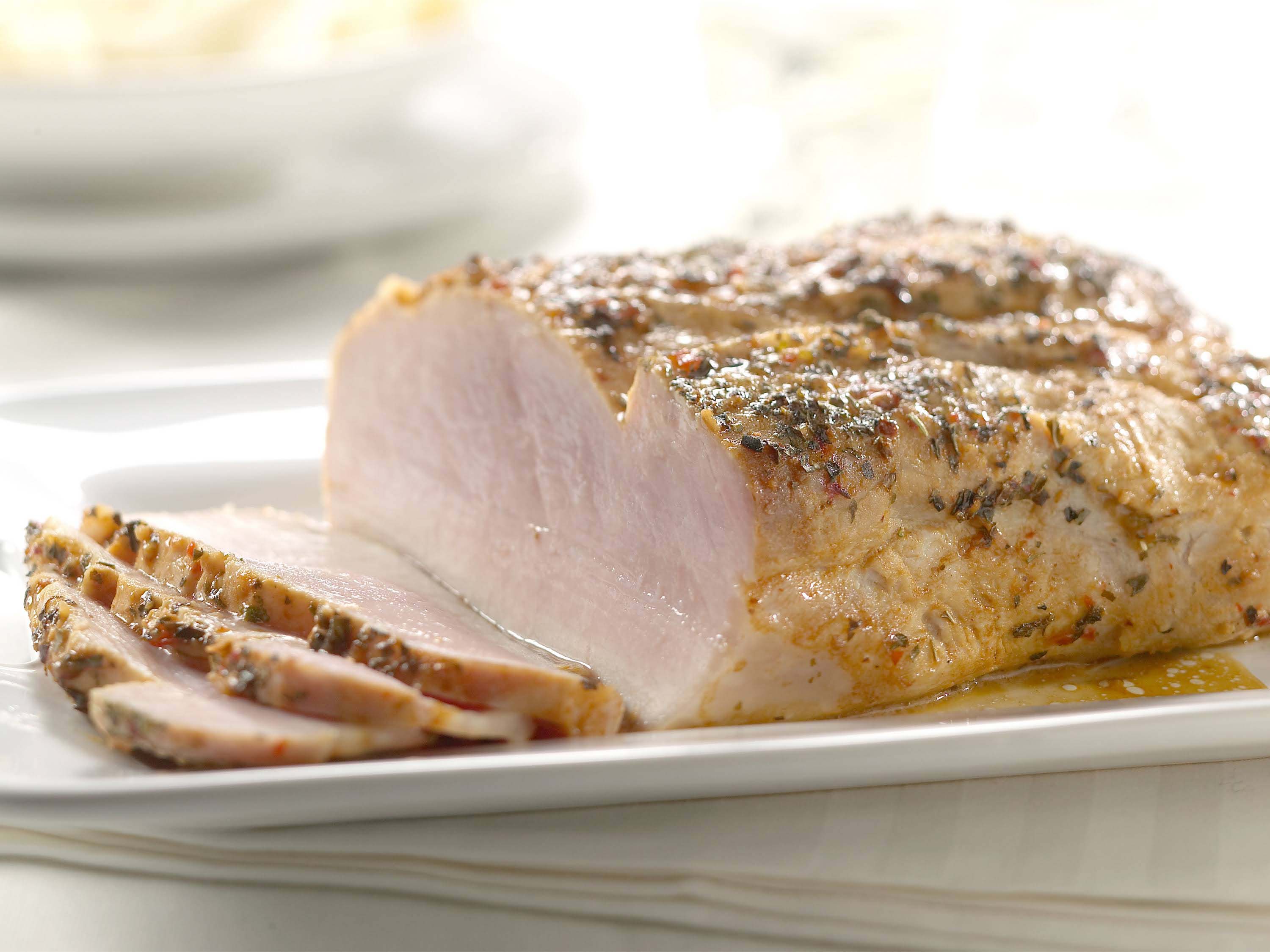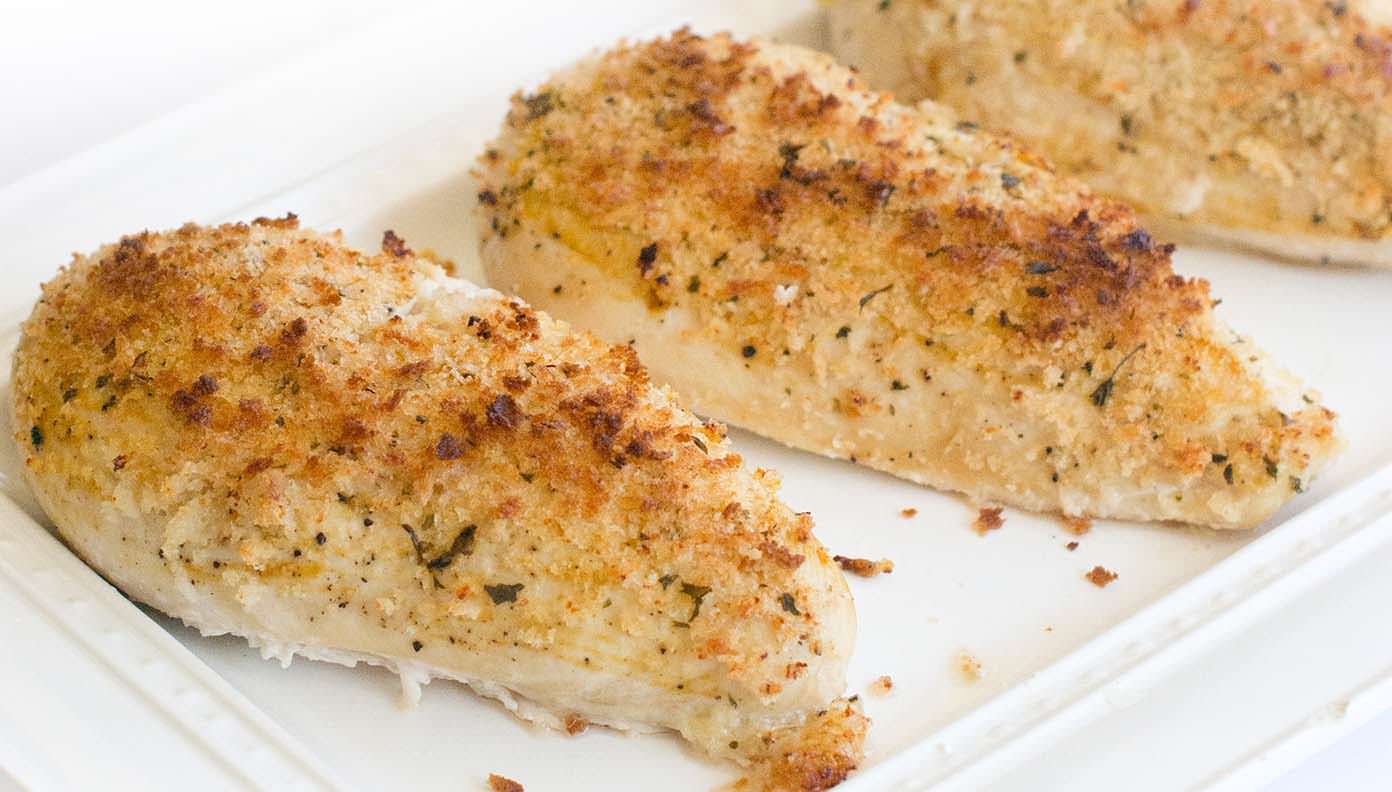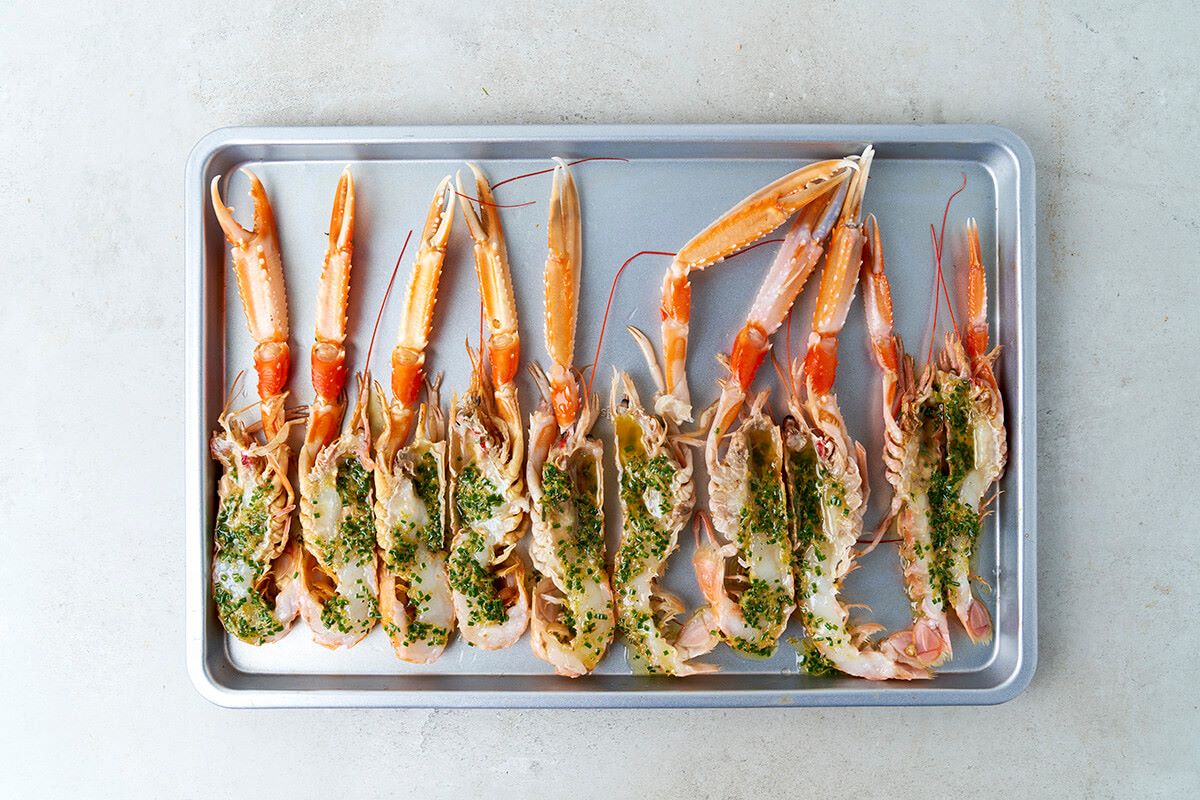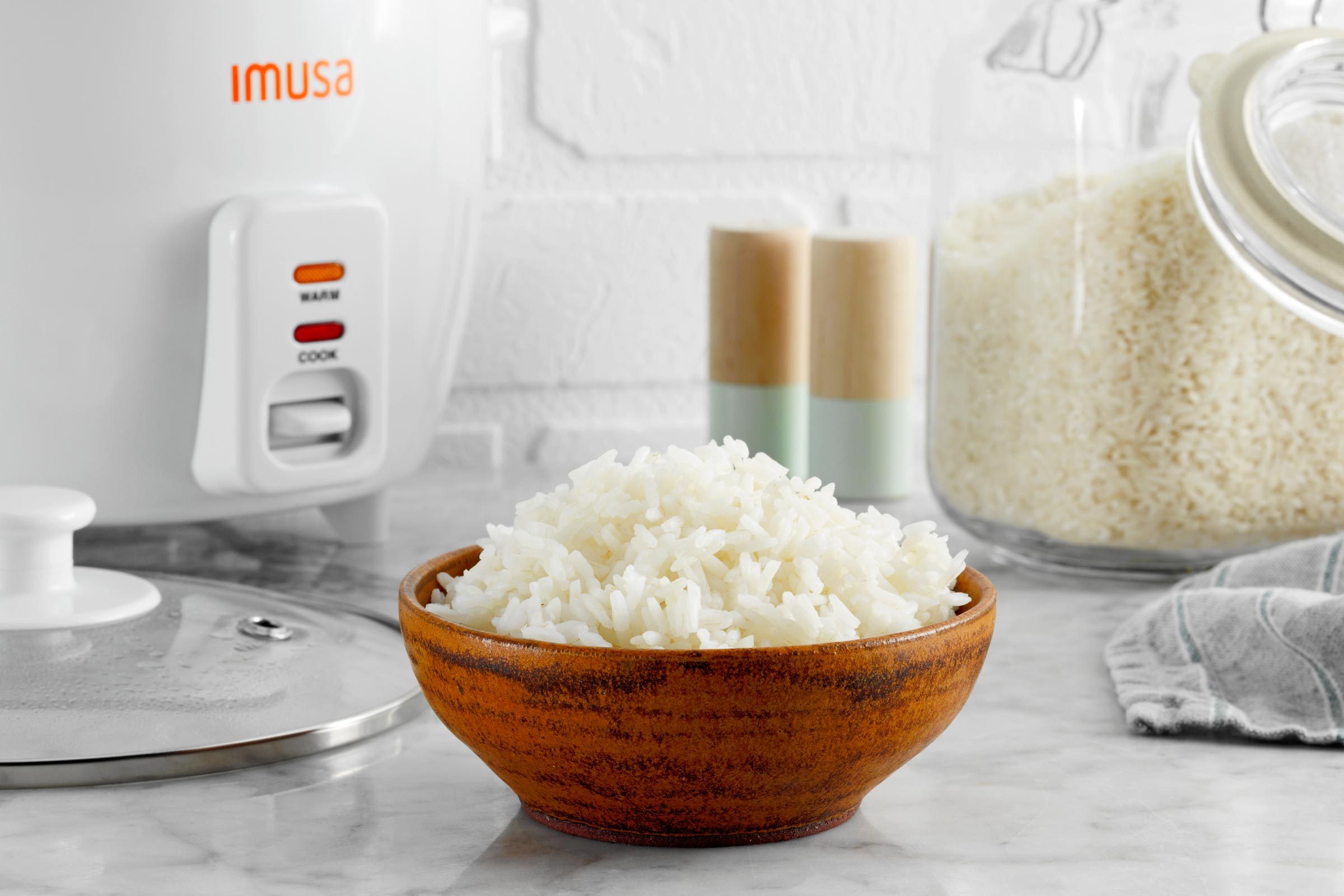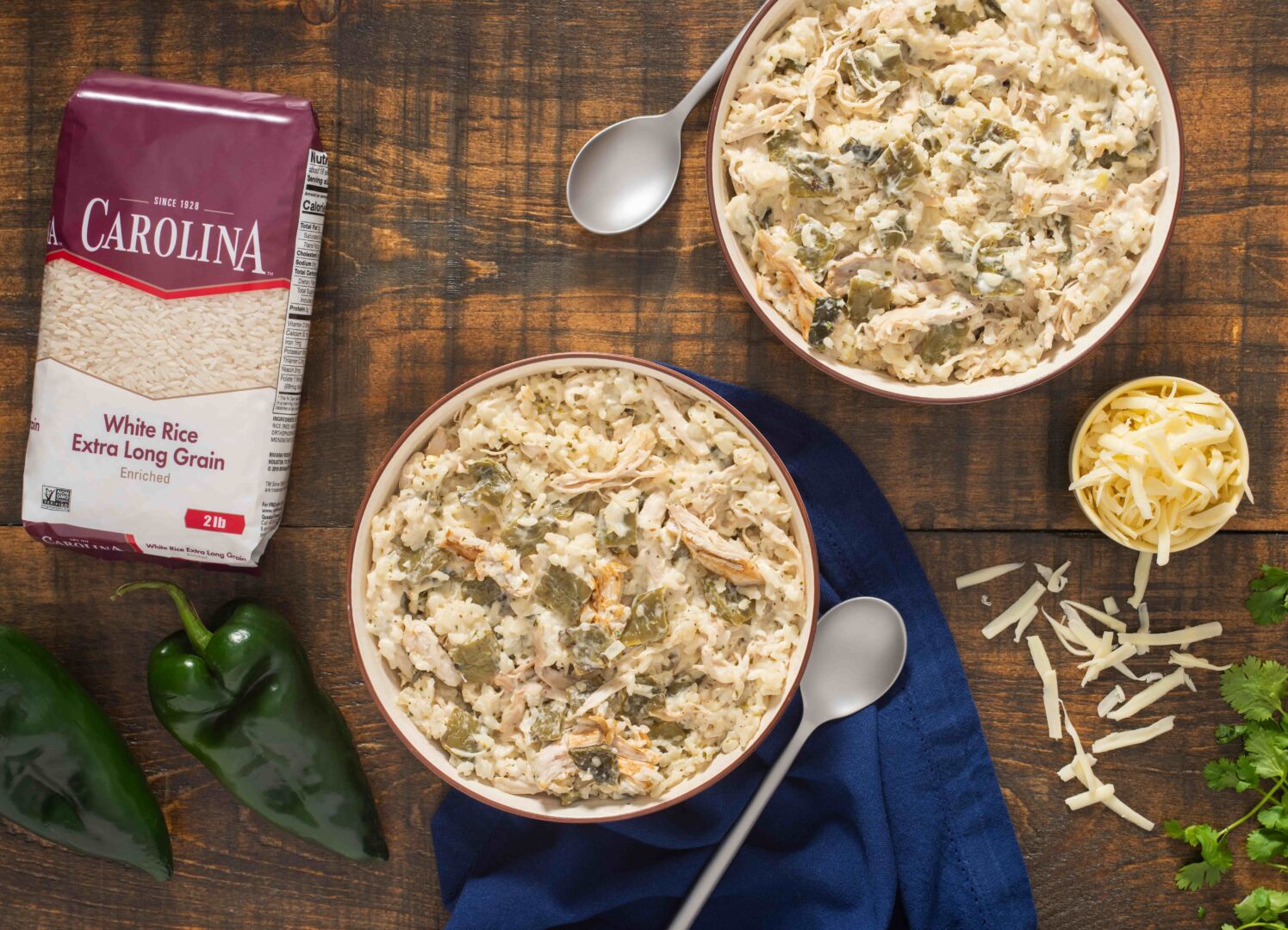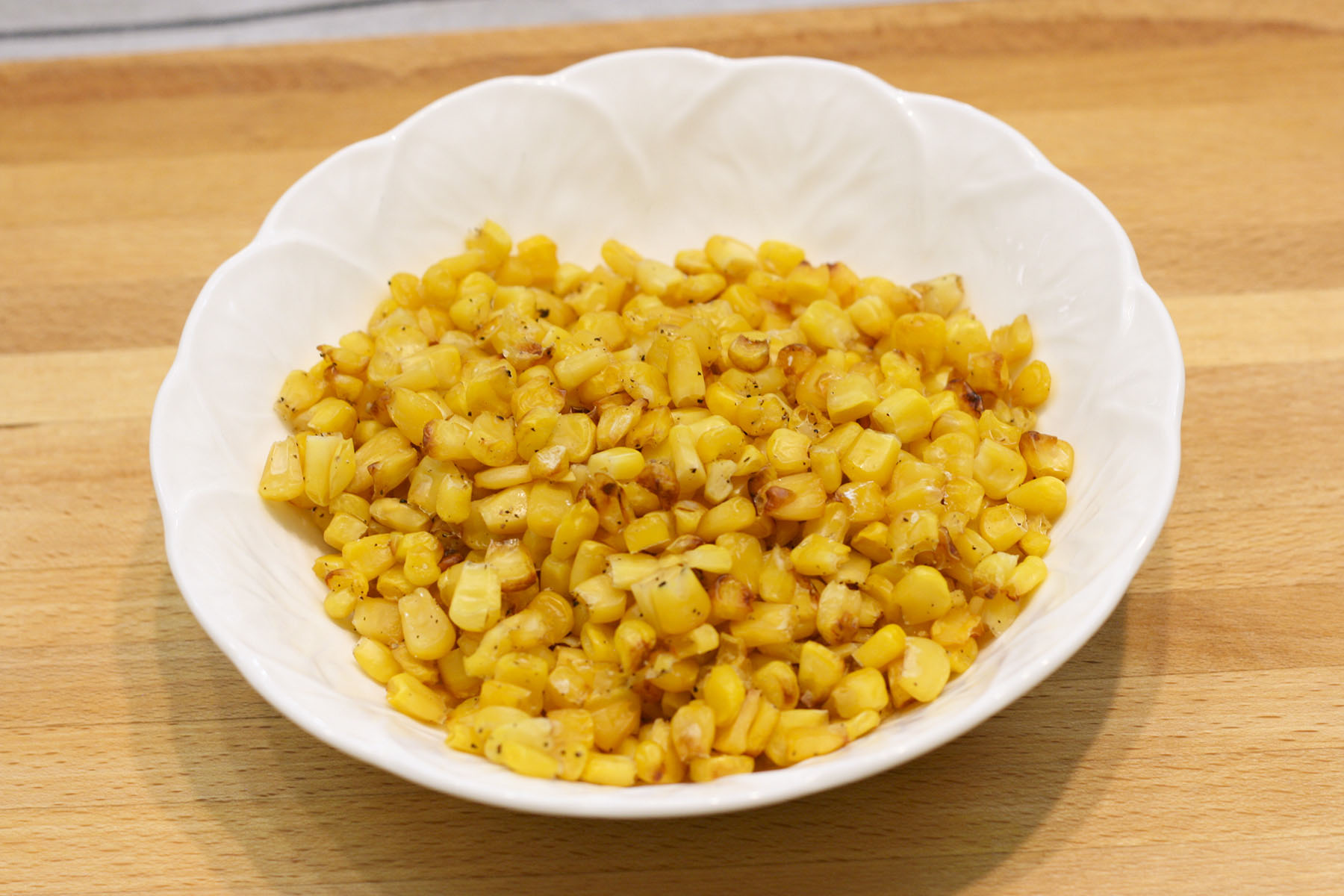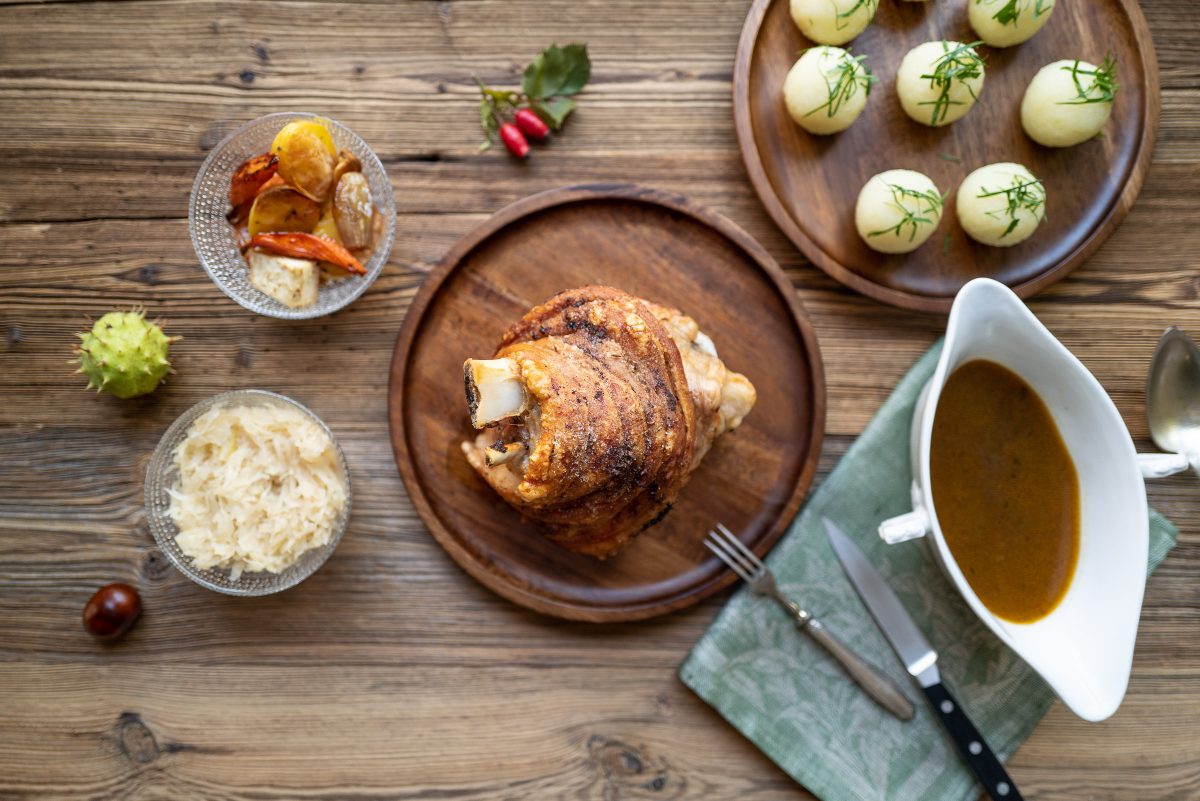Unlock the Delicious Secrets of Cooking Fish with Skin On
When it comes to cooking fish, many chefs and home cooks prefer to remove the skin before cooking. But did you know that cooking fish with the skin on can unlock a whole new level of flavor and texture? Not to mention, it can also help to seal in the moisture and keep the fish tender and juicy. If you’re ready to explore the wonderful world of cooking fish with skin on, read on for some helpful tips and tricks.
Choose the Right Fish
Not all fish are created equal when it comes to cooking with the skin on. Some fish, like salmon, trout, bass, and snapper, have skin that is thin and crispy when cooked, making them perfect candidates for this cooking method. On the other hand, fish with thicker or tougher skin, such as swordfish or shark, may not yield the same desirable results.
Preparation is Key
Before you start cooking, make sure to give the fish skin a good rinse under cold water and pat it dry with a paper towel. This helps to remove any excess moisture and ensures a crispier skin. Season the fish with salt and pepper or your favorite seasoning blend on the flesh side, and lightly on the skin side, to enhance the overall flavor without burning the spices.
Master the Cooking Method
There are several methods you can use to cook fish with the skin on, depending on your preference and available equipment:
- Pan-Frying: Heat a non-stick skillet over medium-high heat and add a small amount of oil. Place the fish skin-side down and cook for a few minutes until the skin becomes crispy and golden. Flip the fish and cook until it reaches the desired doneness.
- Baking: Preheat your oven to the desired temperature. Place the fish on a greased baking sheet, skin-side down, and bake until the skin is crispy and the flesh is cooked through. This method is great for larger cuts of fish.
- Grilling: Preheat your grill to medium-high heat. Brush the fish with oil and place it on the grill grates, skin-side down. Cook for a few minutes until the skin is crispy and charred, then carefully flip the fish and cook the other side.
Delight in Crispy Perfection
Once your fish is cooked to perfection, it’s time to savor the deliciousness. The skin should be crispy and flavorful, adding an extra layer of texture and taste. Rest the cooked fish for a minute helps retain crispiness and allows flavors to meld. Serve the fish with the skin side up to showcase its crispy goodness. You can also experiment with different sauces, such as citrusy dressings or tangy aioli, to enhance the flavors even further.
Now that you’ve unlocked the secrets of cooking fish with the skin on, you can enjoy a whole new world of flavors and textures. Whether you prefer pan-frying, baking, or grilling, remember to choose the right fish, prepare it properly, and master the cooking method to achieve crispy perfection. So go ahead, take a leap of culinary adventure and indulge in the delectable rewards!
Cooking fish with the skin on can be a real game-changer in the kitchen. For those looking to dive into this culinary technique, there are several standout recipes worth trying. The Crispy Skin Salmon with Lemon Butter Sauce is a fantastic starting point, offering a perfect balance of crispy texture and rich, tangy flavor. Another must-try is the Crispy Skin Arctic Char with Mustard Dill Sauce, which pairs the delightful crunch of the skin with the zesty complexity of mustard and dill. If you're in the mood for something grilled, the Grilled Mahi-Mahi with Pineapple Salsa brings a tropical twist with its sweet and savory salsa. For those who prefer pan-fried options, the Pan-Fried Cod with Lemon Caper Sauce provides a delightful mix of tart and buttery notes. Lastly, the Pan-Seared Barramundi with Mango Salsa is a vibrant dish that combines the crispiness of the skin with the fresh sweetness of mango. Each of these recipes not only highlights the benefits of cooking fish with the skin on but also delivers a unique and delicious culinary experience.
Was this page helpful?
Read Next: How To Cook Salt Pork In The Oven
Abby Marcelino
Abby is a writer, editor, and a fan of ASMR mukbang and cooking videos. Her family has been in the food industry for years and she has been working for their business as a part-time quality assurance officer and content creator. She is addicted to all things dairy and carbs, most especially cheese and bread.


